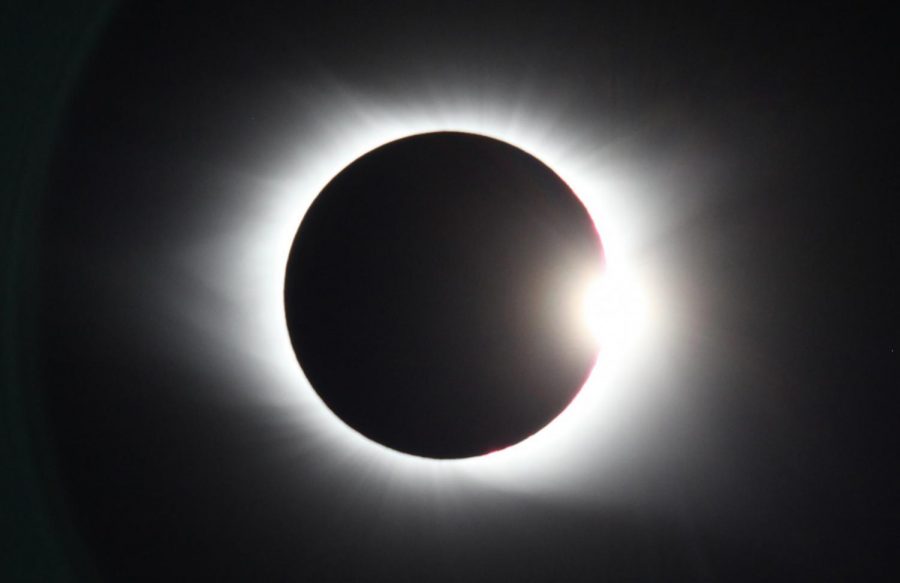A total solar eclipse occurs when the new Moon passes between the Sun and the Earth and totally blocks out the Sun. It’s been more than three decades since the total solar eclipse of Feb. 26, 1979, which crossed through Washington, Oregon, Idaho, Montana and North Dakota, before heading north to Canada, according to NASA. That’s the last time the contiguous U.S. has seen a total solar eclipse, until the one on Aug. 21, 2017. The Total Solar Eclipse was a worldwide celebration.
Before the eclipse, people were warned to not look directly at the eclipse to avoid eye damage. Thus, people went out of their way to buy glasses and make their own out of cereal boxes and foil. “Solar eclipse parties” were held in spots where the eclipse would be most visible, and others got together with their glasses to watch this historical event. The entire country prepared for this natural event only for it to last about 5 seconds.
One of the reasons this event was so noteworthy is the fact that this is the first eclipse that occurred during a social media era. There were so many ways to document this like none other before. There won’t be another total solar eclipse until April 2024, a whole 8 years away.



